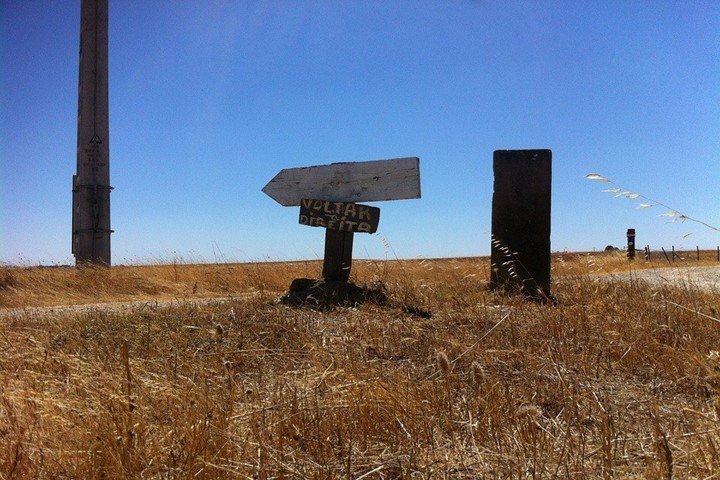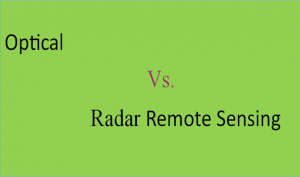In a desertification setting, remote sensing is crucial to provide insights into the mechanisms involved with desertification. The vast amount of data and information provided enables the monitor and evaluate the effects of desertification. This information is important in facilitating short-term decisions and long-term strategies to achieve sustainable development.
1. Monitoring Vegetation Cover;
Remote sensing detects areas with lower levels of vegetation caused by file wood cutting it drought that may be undergoing desertification because of the loss of protection to the soil afforded by the vegetation. Remote sensing is also able to provide a detailed evaluation of the physical structure of vegetation.
2. Monitoring land cover and use;
Monitoring and evaluating land use and the cover is one of the main factors of the desertification process. The increased need for urbanization and human-induced changes has rapidly increased, contributing greatly to land degradation. Therefore information received from remote sensors regarding the spatial and temporal distribution of land use plays an important role in monitoring environment and management.
3. Monitoring Rainfall;
Rainfall is critical to the maintenance of vegetation and thus protection of soils from erosion in dry climates. Rainfall typically is a highly valuable year to year n drylands, but long periods of unusually low precipitation facilitate degradation processes. Evaluation of multi-month precipitation anomalies is of great relevance to desertification analysis.
4. Analysing the effects of desertification;
Data collected by remote sensors analyze the effects of desertification and measure the regression trends over time. Early warning systems and data integration can help predict these trends.
5. Mapping the erosion state of soils;
Desertification causes land degradation that exhausts land cover and supports soil erosion.
Remote sensors can detect the properties of the erosion soil and use that information to predict trends of soil erosion.
6. Measuring land degradation;
Human activities are the main contributors to land degradation. Remote sensors analyze the effects of land degradation on food security and a country’s economy and measure the regression trends over time. Measuring land degradation is crucial in the analysis of desertification.
7. Monitoring canopy cover;
Forests are at a threat due to the increased demand for urbanization and an increase in deforestation. Remote sensors detect areas undergoing deforestation and provide the physical structure of the canopy cover.
8. Monitoring Climate change;
Desertification often leads to changes in temperature, wind transportation, and rainfall. These factors eventually lead to climate change. Remote sensors detect climate change and can predict corrective measures for combatting adverse climate changes.
9. Map areas vulnerable to desertification;
Natural resources conservation and protecting public infrastructure are the best methods of fighting desertification. Identifying areas vulnerable to desertification is necessary for helping local decision-makers better understand the process of formulating interventions for curbing desertification and monitoring their efficiency.
10. Monitoring Soil salinity;
Soil surface features associated with land degradation can be detected through remote sensing. Patterns of salinization occurring over large areas can be detected. High levels of sediment induce a color shift into receiving water bodies ‘ points to high local rates of soil erosion.
11. Monitoring changes in wind transportation;
Remote sensing detects changes in wind direction and transportation and their impacts on vegetation and land cover. Wind erosion which occurs in wetlands, leads to the degradation of land and natural habitats. It also brings dust particles into the atmosphere, which directly influences climate variation on a global scale.





